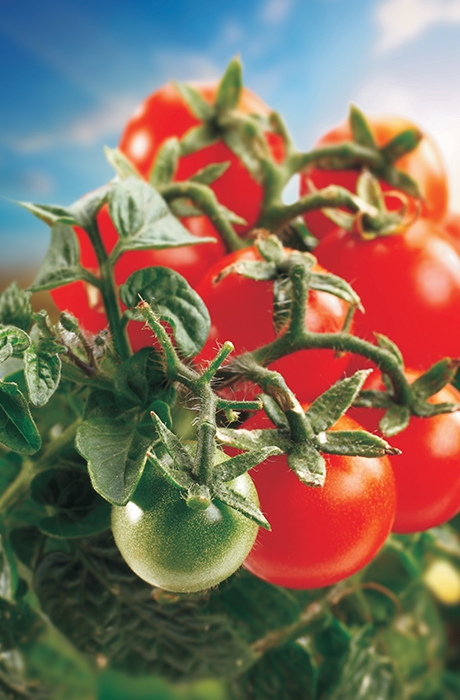Drip irrigation is described as the transportation of water necessary for plant growth through a specific pipe system and application of water in the form of drops around the plant root area by means of a special structure that is placed on or inside the lateral pipe (dripper). Drip irrigation's main goal is to provide the plant with the water it needs, as well as plant nutrients if desired, without creating an unnecessary need for water.
A drip irrigation system aims to apply water to a specific area of the soil at frequent intervals and in small quantities, using pipes with smaller cross-sectional areas and lower operating pressure than a sprinkler irrigation system.
A control unit, pipelines, and drippers make up the drip irrigation system. The pressure is controlled, the water is filtered, water measurement processes are performed, and fertilizers can be applied in the control unit.
